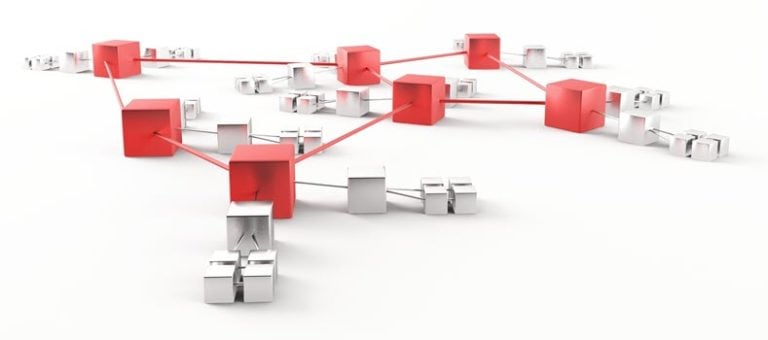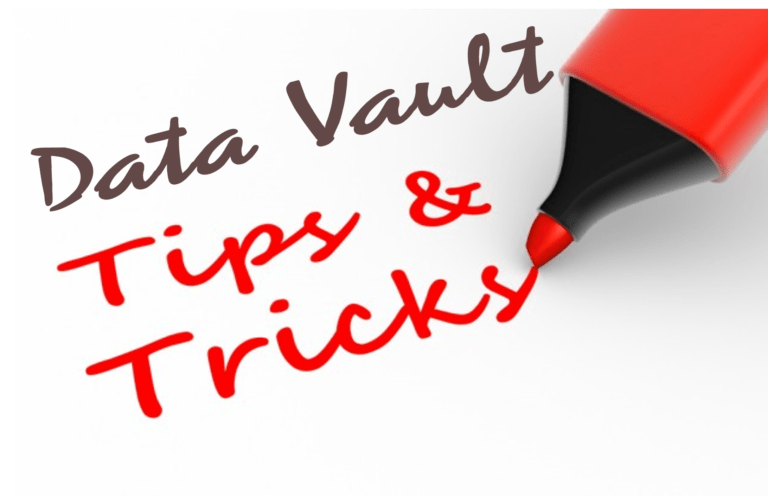From the Desk of Dan: Poison Data
From the Desk of Dan: Poison Data
In this latest installment of Dan’s blog series, hear from the creator and inventor of the Data Vault 2.0 Solution as he writes about Poison Data – what it is, why it matters, and how DV 2.0 can mitigate it.

By now, you’ve probably heard of Poison Data – I’ve written briefly about the topic before. With the advent of OpenAI and ChatGPT, it is easier than ever for bad actors to add Poison Data to the public collective. Why should you care? Because your company is most likely leveraging AI for different initiatives, in which case, you may be subject to avenues of Poison Data that you haven’t yet encountered. Keep reading to learn more about what Poison Data is and exactly why it should matter to you.
Defining Poison Data
Poison Data refers to data that is deliberately OR accidentally manipulated or contaminated in a way that undermines its accuracy, reliability, or usefulness. This can happen due to various reasons such as human error, software bugs, cyberattacks, or intentional tampering.
Why Should I Care About Poison Data?
Businesses should care about Poison Data because it can have serious impacts on their operations, reputation, and bottom line. Here are some potential impacts of Poison Data worth considering:
- Impaired decision-making: Poison Data can lead to wrong or flawed decision-making based on inaccurate information, which can lead to missed opportunities, wasted resources, and financial losses. For instance, if a business relies on customer data to make marketing decisions, inaccurate data means misleading analytics and wasted money.
- Damage to brand reputation: If customers or stakeholders discover that a business is using contaminated data, it can damage their trust and confidence in the organization’s brand, not to mention damaged trust and legal repercussions that could come from giving inaccurate financial reports to investors.
- Regulatory compliance: Certain industries are subject to regulations that require them to maintain accurate and reliable data. Poison Data can put a business at risk of non-compliance and penalties.
- Security risks: Poison Data can also be used to inject malicious code into a business’s system or manipulate its software, leading to security breaches and potential data theft.
What is the Recommended Approach to Detecting Poison Data?
The approach to detecting Poison Data depends on the context, the type of data, and the specific risks involved. However, there are some general steps and techniques that can be used to detect Poison Data:
- Establish data quality controls: Businesses should establish data quality controls, such as data profiling and data cleansing, to ensure that data is accurate, reliable, and consistent.
- Use anomaly detection techniques: Anomaly detection techniques, such as statistical analysis and machine learning algorithms, can help identify patterns and anomalies in data that may indicate poisoned data.
- Monitor system logs: Monitoring system logs and access records can help detect unusual activity that may indicate data tampering or other malicious activities.
- Conduct regular audits: Regular audits of data sources, systems, and processes can help detect any issues with data quality or potential poisoned data.
- Implement data encryption and access controls: Data encryption and access controls can help prevent unauthorized access to data and reduce the risk of data manipulation and poisoning.
- Train employees: Employees should be trained to identify suspicious data and report any concerns promptly.
If you think you aren’t a target, think again. Everything from false positives to your own health care data can be affected by Poison Data. If we consider the massive impact on AI / ML algorithms, we must then understand that once poison data has tainted the learning model, it cannot be removed – it is homogenized into the AI / ML system. Removing it would require a full and complete shutdown – with a rebuild and re-training of the entire neural network starting from scratch.
Once Poison Data is Introduced to an AI / ML Engine, can it be Removed?
Removing poison data from an AI/ML engine can be challenging and, in some cases, impossible. When Poison Data is introduced to an AI/ML engine, it can affect the model’s training process and, subsequently, its performance. Depending on the extent of the contamination, it may not be feasible to remove the poisoned data without retraining the model entirely.
However, there are some techniques and strategies that can be used to mitigate the impact of Poison Data. One approach is to use a technique called data sanitization, where the poisoned data is removed from the training dataset or replaced with valid data. This approach can help minimize the impact of Poison Data on the model’s performance, but it may not eliminate it.
Another approach is to use ensemble models, where multiple models are trained on different subsets of the data. This can help reduce the impact of Poison Data on the overall performance of the model by averaging the predictions of the different models.
It’s worth noting that prevention is always the best approach when dealing with Poison Data. Establishing data quality controls, regular monitoring, and other preventive measures can help reduce the risk of Poison Data contamination in the first place – which leads us to exactly how the Data Vault 2.0 solution can prove useful in avoiding Poison Data.
Can Data Vault 2.0 Help with Poison Data Prevention and Mitigation?
In short, absolutely! The Data Vault 2.0 Solution provides a methodology for data modeling and management that emphasizes data quality, auditability, and traceability. Here’s just a few characteristics of DV 2.0 that can help prevent and mitigate risks with Poison Data:
- Data Quality Controls: Data Vault 2.0 emphasizes the importance of data quality controls, such as data profiling, cleansing, and validation, to ensure that the data is accurate, reliable, and consistent. These controls can help detect data anomalies and inconsistencies that are indicative of poisoned data.
- Auditable and Traceable: Data Vault 2.0 provides an auditable and traceable framework for managing data, where all changes to the data are tracked and logged. This can help detect and isolate the source of any poisoned data that may have been introduced.
- Separation of Concerns: Data Vault 2.0 separates concerns between raw data, business rules, data storage, and data analysis. This separation allows for different sources and data models to coexist without interfering with each other. It also enables easy identification and removal of contaminated data sources from the data model.
- Agile and Flexible: Data Vault 2.0 provides a flexible and agile methodology for managing data, allowing for the rapid integration of new data sources and changes in business requirements. This flexibility and agility can help businesses respond quickly to Poison Data contamination and implement corrective measures.
If you’re interested in reducing the risk of Poison Data contamination in your data warehouse, I strongly suggest implementing Data Vault 2.0 as your data management solution. Interested in learning more about DV 2.0? Check out this podcast: https://open.spotify.com/show/5YM7mErB5fbBnIKmC1ShZd





